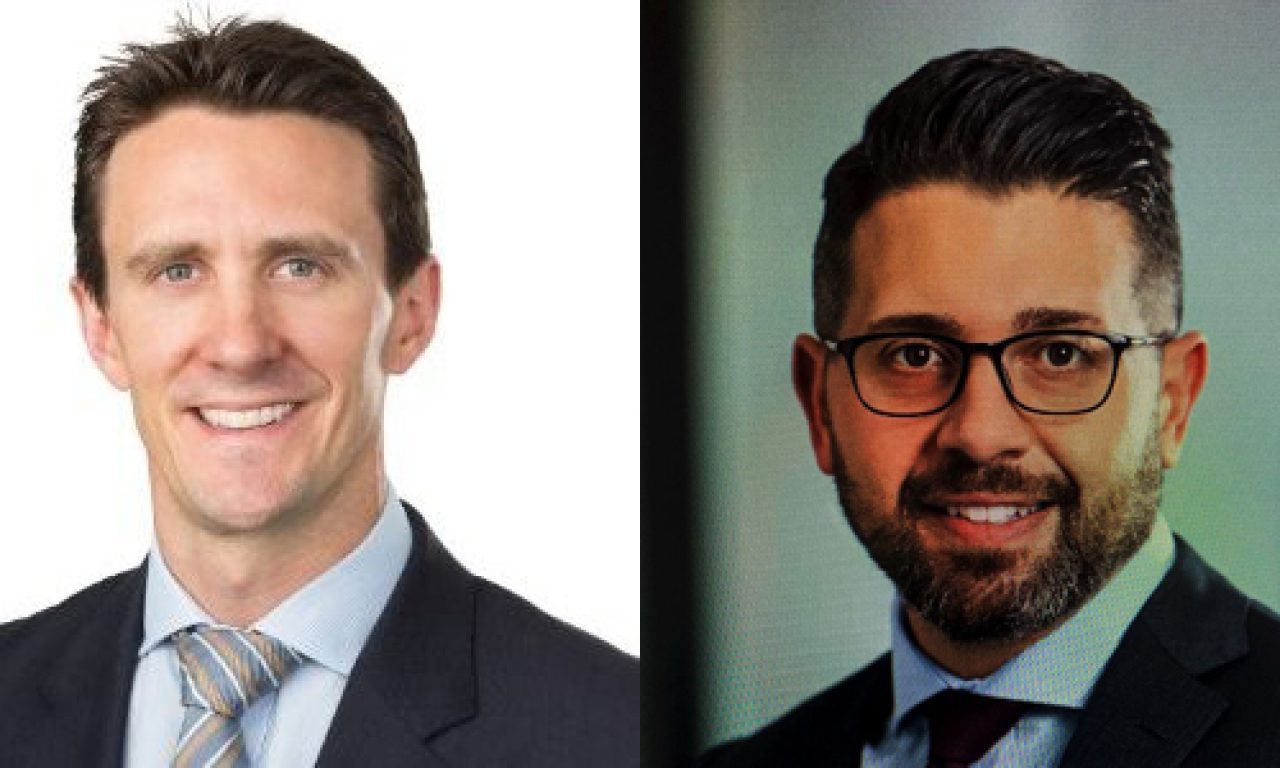J.P. Morgan is to move its Australian and New Zealand institutional clients who use its fund accounting services, which is most of them, to the global service provided by FIS’ InvestOne platform. While the migration of about 50 clients, plus new ones, will take several years to complete, it ends a longstanding relationship with Hi-Portfolio, which is arguably the most successful investment software business in Australian history.
J.P. Morgan’s Australian and NZ securities services division first started work on moving to a global provider in 2010-2011. The project appeared to stall after clients became nervous about the risks. To make matters worse the news got out to the broader institutional investment community through a press report. Jane Perry, the head of securities services, left the firm in September 2011 after about five years in the role. Then, as now, J.P. Morgan had two of the largest clients in Australasia: the A$43 billion Accident Compensation Corporation of NZ and the $180 billion AustralianSuper.
She is not the only one in securities services to have had a big problem delivering on the replacement of local technology with a global system. More recently, in May 2019, David Travers left RBC Securities Services, where he had headed up the Australia and NZ office for 10 years, following delays and problems with the adoption of global in-house systems for its Australian clients, which had been largely foisted on him by offshore senior management. This also involved a switch out of Hi-Portfolio to RBC’s global provider MultiFonds, announced in 2017.
Travers is now the chief executive of a ‘regtech’ business known as ‘Fourth Line’. Perry bounced back into the mainstream part of the industry, picking up the plum chief executive role at Qantas Super early in 2012. To her credit, J.P. Morgan remained the fund’s securities services provider during her tenure. She subsequently became independent chair of FEAL in 2016, a non-executive director of BT Superannuation for a time and a non-executive director of QIC in 2018. RBC’s Australian operation was put on the market and acquired by Citi, through a novation process, in November 2019.
However, J.P. Morgan continued to work on its project, transforming Hi-Portfolio and the surrounding architecture over the past nine years, according to Tim Helyar, the head of product development for securities services in Australia and NZ, who also worked on the earlier project in 2010-2011. “In terms of scale, what we are undertaking now compared with then is like chalk and cheese,” he said. “In 2011 it was to be a wholesale move from one platform to the other. Now it’s just about changing the accounting engine, the calculator. We’ve been building up the global applications in our stack ever since, so the scale of change is much lower.”
Nick Paparo, the head of platform sales for Australia and NZ, said that through InvestOne, clients would receive NAV analytics which they could overlay with their oversight and approval processes. “All the capabilities are in line with what we are delivering today,” he said. Of the 50 fund accounting clients, about 60 per cent are managers and 40 per cent are asset owners.
J.P. Morgan has already gone live with InvestOne for long-time funds management client Fidelity International in Australia, it was announced last week (September 23). It is expected to follow this soon with another new client fund manager. The aim is to focus on fund managers before super funds in terms of the schedule. Helyar said: “We are coming to the tail-end of the work on the development side. The second half of the process is focused on client transition. We are working in partnership with our clients to ensure timeframes are mutually beneficial, because we recognise managers and funds are all busy.”
He said: “We focused the first stage of the transition on fund managers as this provided immediate benefit to global manager relationships. Super funds are more complicated, as fund managers have fewer complexities in the accounting and tax space.” All RFPs for potential new clients from now on will involve the InvestOne platform.
On costs, Helyar said the move would be more cost efficient because of the increased scale associated with the global business. Previously the system costs for fund accounting were borne mainly in Australia and New Zealand. J.P. Morgan, which offers InvestOne through J.P. Morgan Markets, will be able to leverage additional non-regional hubs, such as Boston, Edinburgh and Dublin under the new arrangement. Clients will not be novated across, which would have required new contracts which often prompt full-scale reviews, as in the RBC/Citi case. There will be no impact on any contractual arrangements, according to Paparo. “We’ve kept them fully informed on our progress,” he said.
Hi-Portfolio, an Australian-designed system which expanded into the UK, has dominated the Australian market for fund manager accounting systems for more than 30 years – a remarkable effort in the world of technology. US-based global systems company DST bought the privately owned Hi-Portfolio in 1995. DST was acquired by the even larger global systems company SS&C in 2014. While SS&C in Australia may be down in the dumps about the J.P. Morgan loss, they can take heart and some pride in the fact that Hi-Portfolio had reigned supreme in its market segment for so long, fighting off numerous global competitors along the way.
– G.B.


